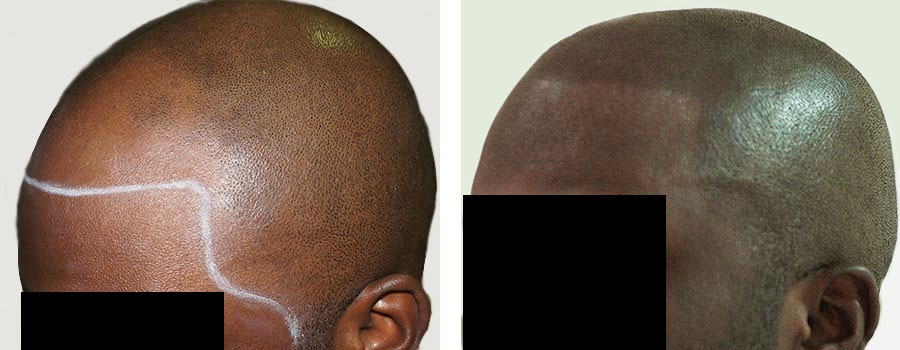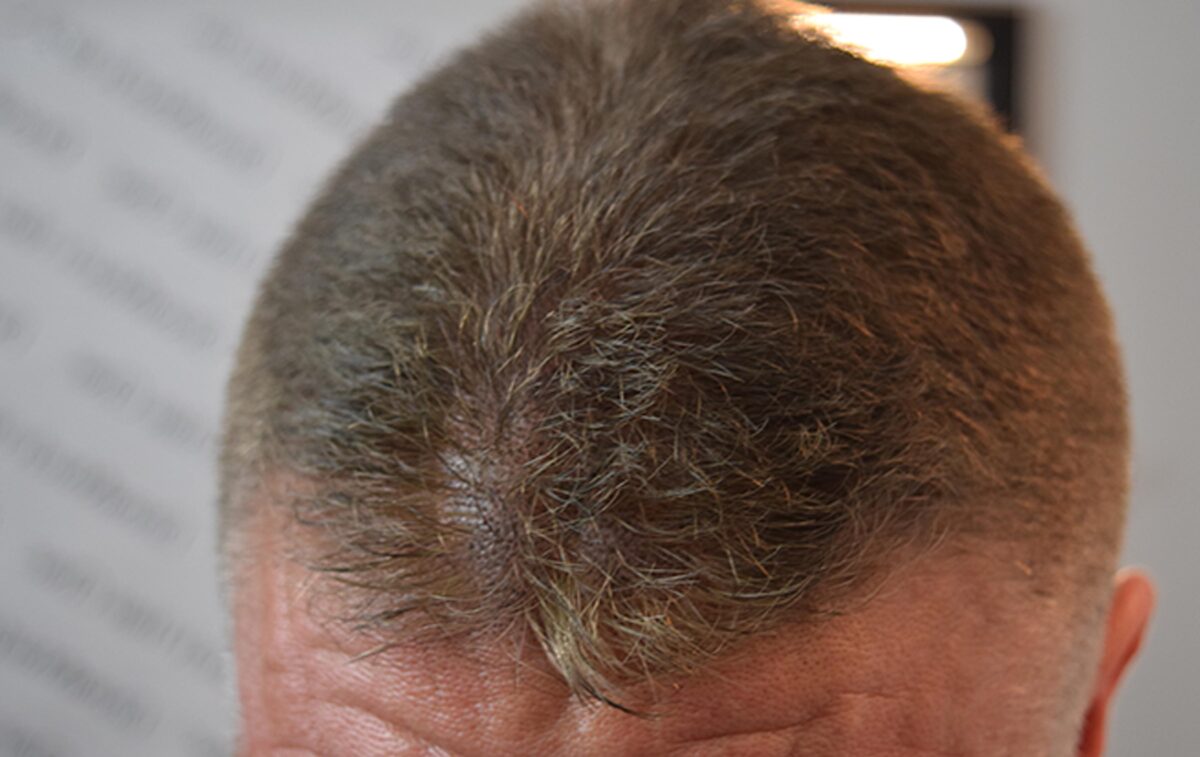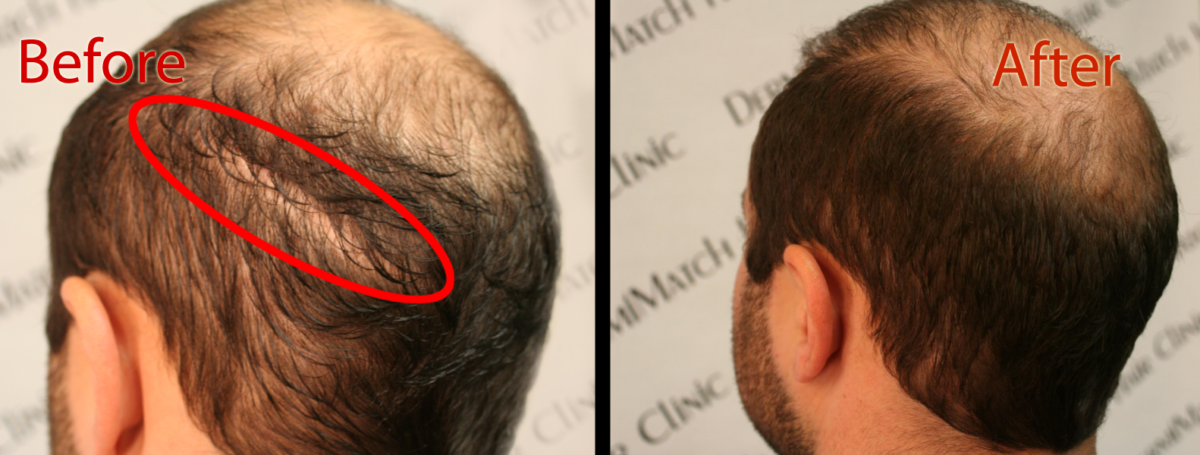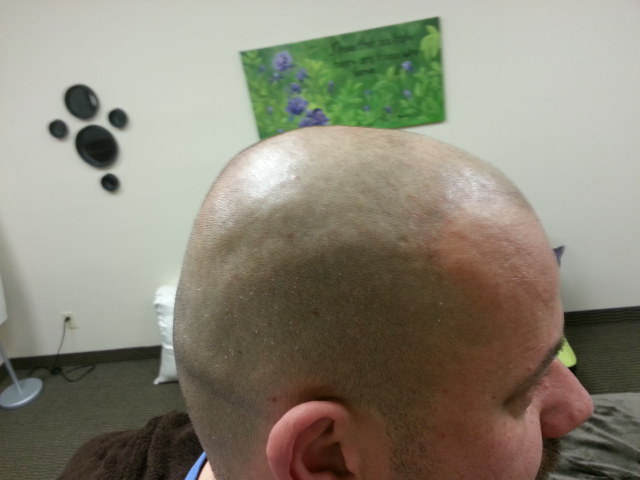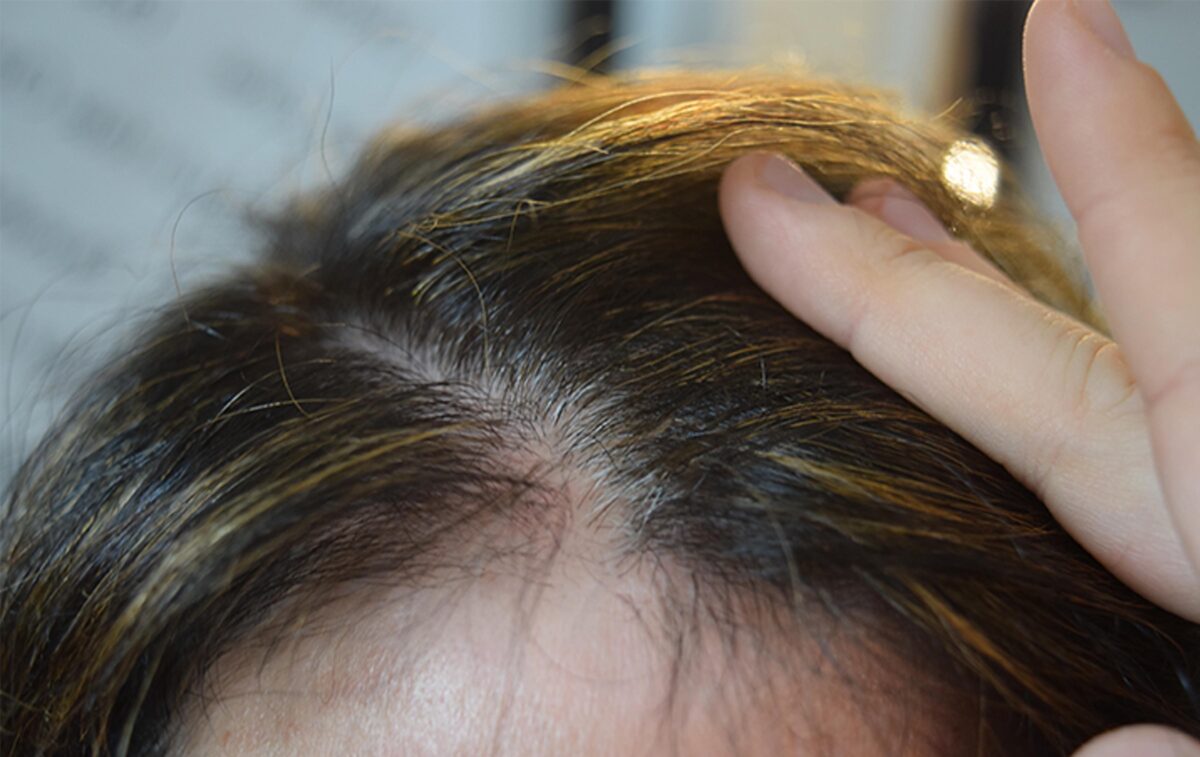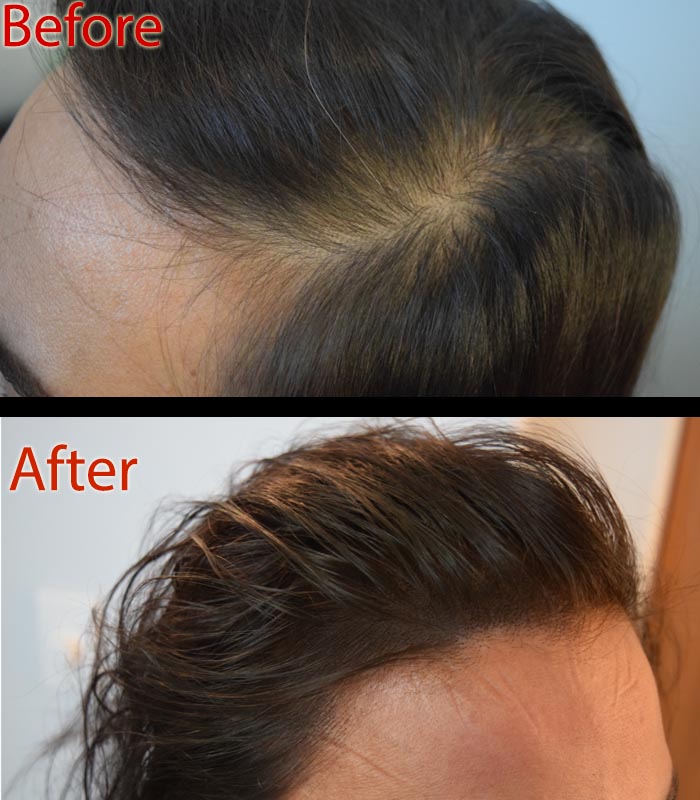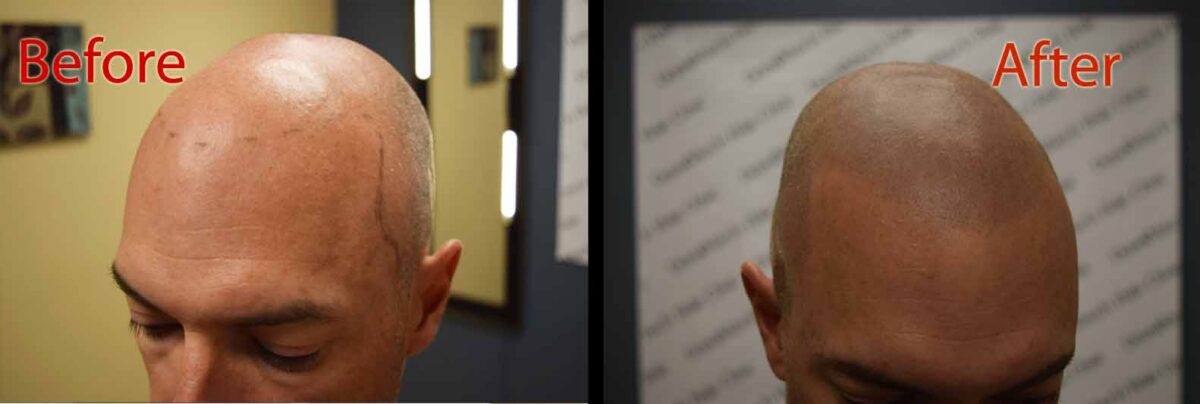Okay, so you are already aware that hair loss is a reality, and many men and women experience it all through their lives. But when everyone suffers from hair loss, why fuss about it? Well, the reason is simple. In some cases, hair fall is extreme, and it often goes to the extent of baldness. If hair shedding is from vitamin or nutritional deficiency, it is reversible. Let’s explore if there is a connection between vitamin deficiency and hair loss.
Is Vitamin Deficiency and Hair Loss Connected?
Can vitamin deficiency affect hair? Well, hair loss is common and might be triggered by vitamin deficiency. A variety of factors can trigger hair loss, of which deficiency of vitamins is one. The lack of biotin or vitamin B7 can cause hair fall. The body needs vitamin B7 to convert food into energy. Although it is a rare deficiency, it often results in brittle, splitting, and thinning hair and nails.
Additionally, the body does not synthesize Vitamin B12, which is essential to the normal functioning of cells, including that of hair follicles. So that means you need to replenish it through food. Vitamin B12 deficiencies can cause hair loss.
Is B12 deficiency hair loss reversible?
Yes, if your hair loss is only due to a deficiency of B12, it can be reversed once you treat the deficiency and restore vitamin B12. This helps in the replication of hair cells and support the growth of healthy hair.
Research finds that deficiency of folate, riboflavin, and biotin, apart from vitamin B12, can trigger hair loss. Supplementation with vitamin B12 may mimic the look of fuller and thicker hair. B12 improves the supply of oxygen to hair follicles. This stimulates hair growth. Besides, Vitamin B12 may help make your hair stronger and healthier.
Which Vitamin is Good for Hair?
Biotin or vitamin B7 (vitamin H), is extremely good for hair growth. It can help in the formation of red blood cells that supply nutrients along with oxygen to the scalp and hair follicles.
Vitamin H helps in the metabolism of fats, carbohydrates, and amino acids in the body, which further helps strengthen hair and nails. But since it is a water-soluble vitamin, the body cannot store it.
Although a deficiency in B12 may cause loss of hair, research does not suggest B12 supplementation for people without deficiency. It may work for those with deficiency alone.
That means hair growth with vitamin supplementation only helps in cases of vitamin deficiency.
How to prevent hair loss?
If you are wondering how to thicken hair, then focus on making healthy dietary, lifestyle choices along with a dedicated hair care regime.
Adding more protein in your diet is one of the right ways to reduce hair loss induced by nutritional deficiencies. You do not want to fall into the trap of fad diets at any cost.
Despite your hair care and dietary regimen, you may still experience hair loss for various other causes, including hormonal disturbance, stress, medication side effects, hereditary reasons, and thyroid, among others.
In such cases, it is not easy to reverse hair loss until you focus on treating the root cause.
So, what can you do if one of these factors is responsible for your hair loss?
Well, trust scalp micropigmentation in such cases. The procedure can help conceal your hair and scalp problems. It helps improve your self-confidence in your looks.
But trust only skilled scalp experts, who are known for their skills in creating hairlines that suit you best. Do not fall into the trap of tattoo artists. Their job is not SMP but body art. There’s a huge difference in their job profiles, too.
Get help at DermiMatch Clinic if you are unable to find the best Scottsdale SMP practitioners.

